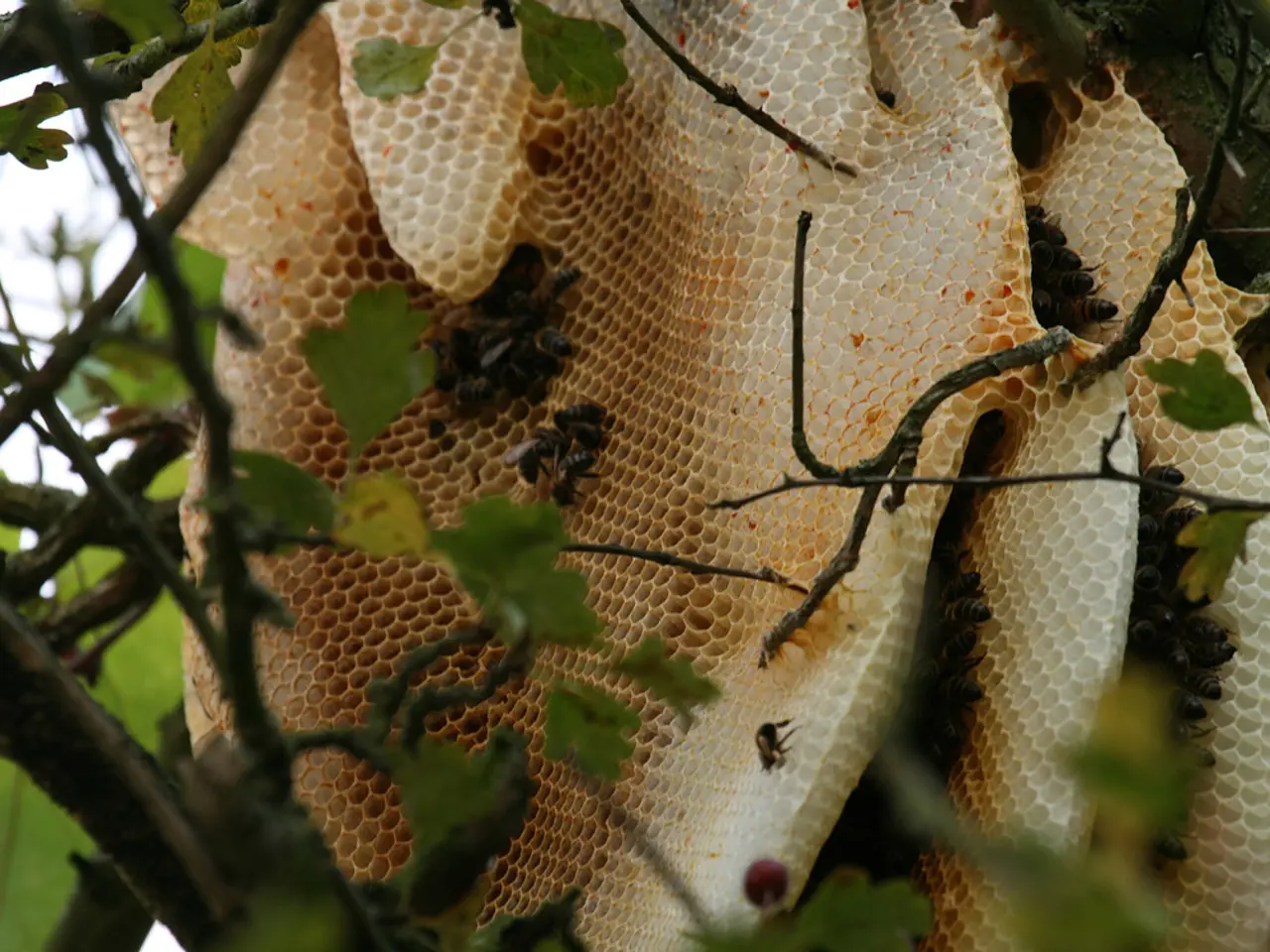Techniques for Enhanced Avocado Propagation via Pollination
In the world of avocado farming, ensuring a bountiful harvest is a top priority. One method that has proven effective in achieving this goal is manual pollination. This technique involves hand transferring pollen from the male stage of one flower to the female stage of another, especially between opposite flower types (Type A and Type B) to mimic natural cross-pollination and increase fruit set.
Understanding Avocado Flower Behavior
Avocado flowers open twice, a phenomenon known as dichogamy. Type A flowers open female in the morning and male in the afternoon of the next day, while Type B flowers reverse this schedule. Effective manual pollination requires synchronizing pollen transfer from male flowers of one type to female flowers of the opposite type during bloom.
Manual Pollination Method
The manual pollination process is straightforward. Collect pollen from flowers in their male stage (usually mid-morning or afternoon depending on flower type) using a small brush or cotton swab. Then, transfer this pollen onto the stigmas of flowers in their female stage, ideally early in the morning when flowers are receptive. Repeating this throughout the bloom period improves fertilization chances.
Pollination Timing and Conditions
Optimal temperatures for avocado pollination are above 70°F; low temperatures reduce success. Manual pollination can compensate when cool weather or lack of pollinators reduces natural cross-pollination.
Yield Improvement
Studies and grower experience show that manual pollination increases fruit set and yield by ensuring effective pollen transfer between complementary flower types. This is especially valuable in orchards with poor bee activity or climate conditions limiting natural pollination.
Creating a Pollination-Friendly Environment
Planting different varieties of avocado trees attracts more pollinators since they bloom at different times. Encouraging pollinators by planting flowers nearby can also help boost avocado yield. By planting both Type A and Type B avocados, a pollination-friendly environment is created, maximizing avocado yield.
Bees: Unsung Heroes of Avocado Pollination
Bees are the unsung heroes of avocado pollination. They collect nectar and pollen, helping flowers develop into fruit. Bees work in groups to ensure more flowers are pollinated. However, in some cases, hand pollination is necessary when natural pollinators are scarce.
In Summary
Carefully timed hand pollination by transferring pollen from the male phase of one flower type to the female phase of the other can enhance avocado fruit set and increase yield, particularly under suboptimal natural pollination conditions. It's important to note that rainy weather can wash away pollen, so it's best to aim for dry days to assist with pollination. Timing is crucial, and it's best to pollinate in the morning when flowers are most receptive.
Proper pollination techniques can increase avocado yield by up to 30%. For successful manual pollination, use pollen from flowers that have just opened, as fresh pollen is more effective. To increase the chances of successful pollination during manual methods, avoid pollinating on rainy or windy days. Selecting the right pollination strategy is key, focusing on Type A and Type B avocados with their own blooming schedules.
Incorporating various aspects of home-and-garden care, understanding avocado flower behavior and timely manual pollination can benefit a lifestyle centered around gardening. Home-grown avocados can be made more feasible by creating a pollination-friendly environment, fostering diversity in avocado tree varieties and encouraging pollinators, such as bees, to promote cross-pollination. Following the best practices for manual pollination, including using fresh pollen and avoiding rainy or windy days, can increase the fruit yield by up to 30%, making homemade guacamole a bountiful part of one's fruits and lifestyle.



